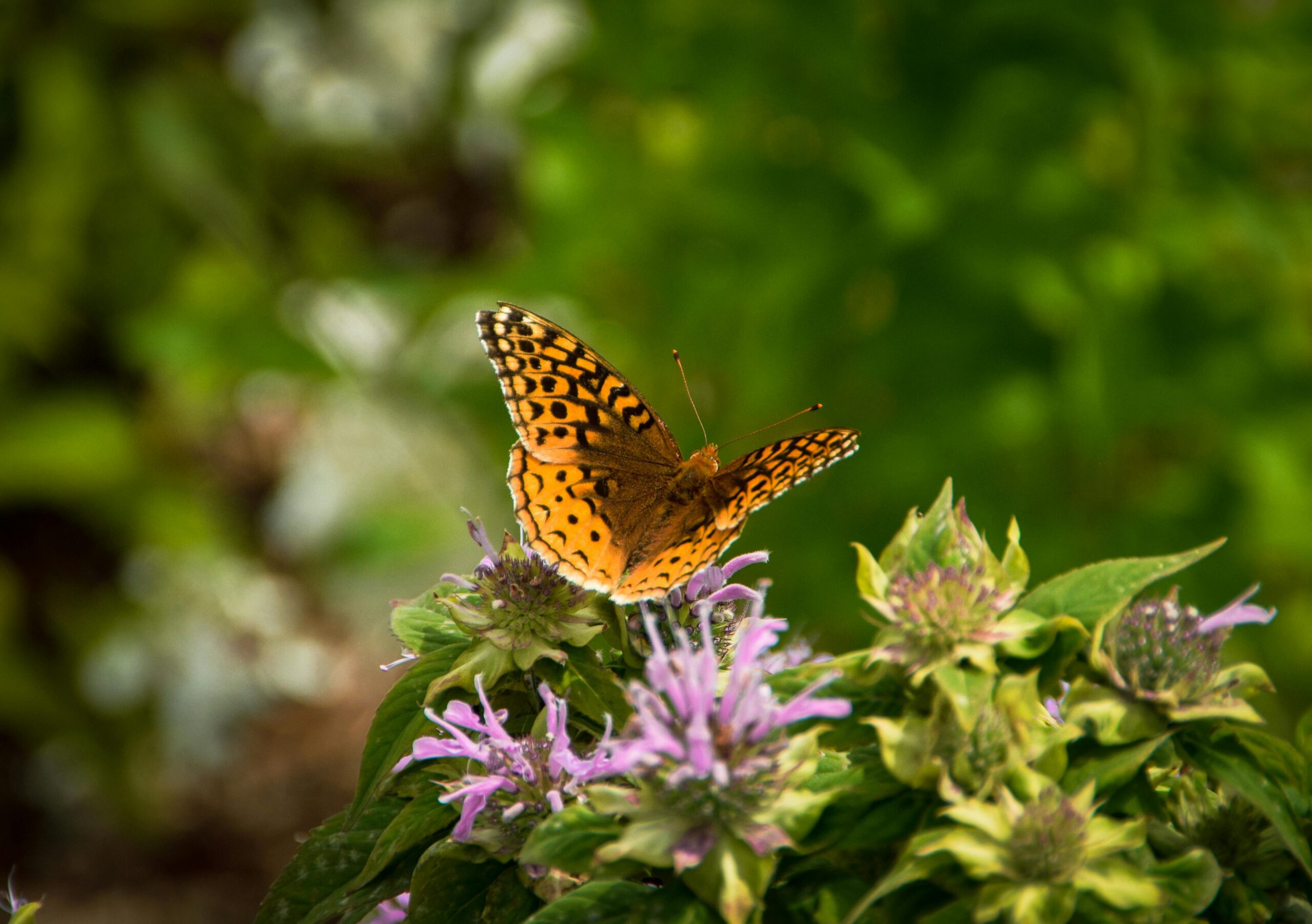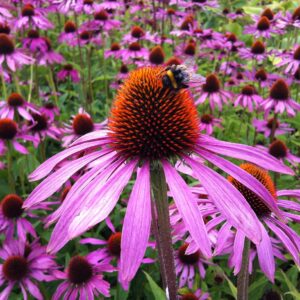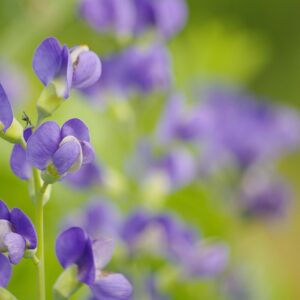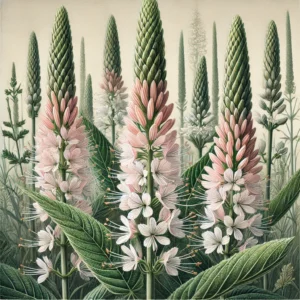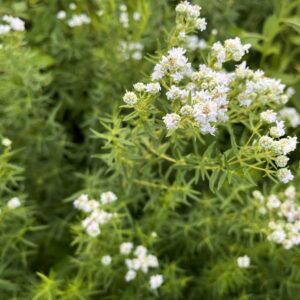Bradbury’s Monarda (Monarda bradburiana) – A Fragrant Native Wildflower
Bradbury’s Monarda, also known as Eastern Beebalm, is a clump-forming perennial that produces soft lavender-pink flowers with dark purple speckles. Unlike the more aggressive Wild Bergamot (Monarda fistulosa), Bradbury’s Monarda has a compact growth habit and thrives in dry, rocky soils. It is a favorite of pollinators and is well-suited for native plant gardens, prairies, and open woodlands.
Flowers: Soft lavender to pinkish-white blooms with dark purple speckles. Tubular flowers form dense, spherical clusters at the top of upright stems. Blooms from late spring to early summer, earlier than many other Monarda species.
Height & Spread: Grows 12 to 24 inches tall and spreads 1 to 2 feet wide. More compact and less aggressive than other Monarda species.
Leaves & Aroma: Lance-shaped, aromatic leaves with a soft green to purplish tint. When crushed, the leaves emit a minty, oregano-like fragrance.
Stem & Growth Habit: Erect, square-shaped stems characteristic of the mint family (Lamiaceae). Forms small, tidy clumps rather than spreading aggressively.
Habitat & Range: Native to Midwestern and Southeastern U.S., thriving in dry prairies, open woodlands, and rocky glades. Prefers well-drained soils and is tolerant of drought and poor soil conditions.
Pollinators & Wildlife: A major nectar source for bees, butterflies, and hummingbirds. Deer and rabbits generally avoid it due to its fragrant foliage.
Early Blooming Monarda: Unlike Wild Bergamot (Monarda fistulosa), which blooms in mid to late summer, Bradbury’s Monarda blooms earlier in the season (late spring to early summer), making it a valuable food source for early pollinators.
Drought-Tolerant & Low Maintenance: Highly adaptable, thriving in dry, sandy, rocky, or loamy soils. Resistant to powdery mildew, a common issue in other Monarda species.
Historical & Medicinal Uses: Used in traditional medicine for antibacterial and antifungal properties. Crushed leaves were historically brewed into herbal teas for respiratory relief and digestion.
Growing Bradbury’s Monarda:
Best for dry prairie gardens, pollinator habitats, and rock gardens. Thrives in full sun to part shade but blooms best with more sun. Highly drought-tolerant once established, requiring little maintenance. Clump-forming, making it easier to manage in smaller garden spaces.

